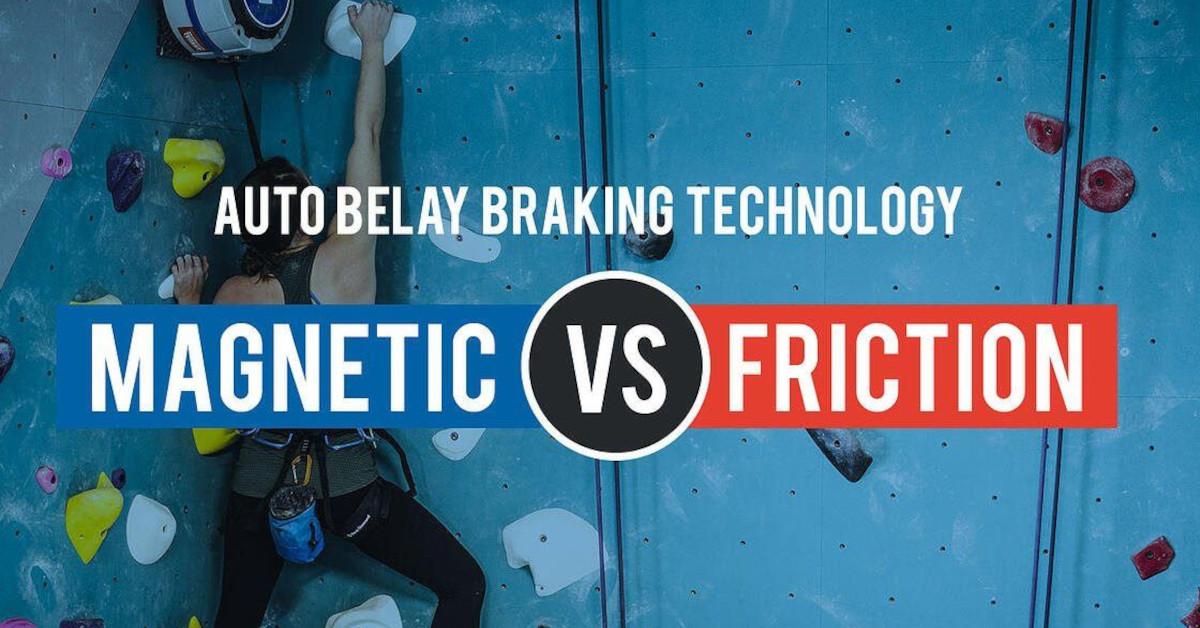
In your gym, do you still use friction-based auto belays? Then consider the following ideas, which may keep you awake at night: thermal deterioration, extraneous contaminants such as water and dust, slack falls and dynos, and brake fading are some of the issues that can occur. Magnetic brakes address all of these problems and more. In auto belays, magnetic braking outperforms friction braking in seven ways.
AUTO BELAY BRAKING TECHNOLOGY: MAGNETIC VS. FRICTION
| Magnetic | Friction | |
|---|---|---|
| Magnetic braking systems rely on eddy currents that oppose changes in the magnetic field. This opposing force between the magnets and conductive arms in the auto belay creates drag. This field is always active but intensifies as the centrifugal force moves the conductive arms over the magnets. | PHYSICS | Friction braking systems, like the one used in the Perfect Descent auto belay, rely on the resistance to motion of one object moving relative to another. This friction is triggered by the centrifugal force created by the climber as they descend. |
| Centrifugal force pulls the conductive arms on the rotor into the magnetic field which induces tiny electric currents inside the drum. These unique, circular currents (called Eddy Currents) generate their own magnetic field back onto the spinning rotor arms, which opposes the release of the webbing spool. | MECHANICS | Centrifugal force pushes internal brake pads out against the braking drum, thereby slowing your descent to a safe and controlled speed. If the brake was always active, the webbing would retract very slowly, so these devices typically use a clutch system to disengage the brake during ascent (retraction). |
| The more the climber weighs, the more conductive material enters the magnetic field, the more braking is applied. Thus, magnetic auto belays are self-regulating, offering the same descent experience to climbers of all weight types. | DESCENT | Friction braking mechanism will create a descent experience that will vary by the weight of the climber. |
| A magnetic braking auto belay endures cycle after cycle without deterioration of braking performance. There are no contacting, sacrificial wear parts that degrade in proportion to the number of climbs, which is why magnetic auto belays are more often used for high throughput facilities. | WEAR AND TEAR | Friction brakes create high thermal energy inside the device, causing the braking mechanism to deteriorate (a phenomenon called brake fade), resulting in increased descent speeds during heavy use. A friction brake will deteriorate as the number of cycles increases because the brake dust itself affects the braking mechanism, and the heat also reduces braking friction. |
| Since magnetic brakes use non-contacting components, dust and rain will not affect the brakes’ performance under normal conditions. | PERFORMANCE OUTSIDE | If a foreign substance, like water, gets inside of a friction drum brake, it can change the frictional properties of the brake mechanism. |
| Suitable for dynamic loading and “slack” falls. | DYNAMICS | Not recommended for dynamic loading and “slack” falls. |
| Non-contacting components reduce service cost for braking components. Service inspection is every 6 months. | SERVICE | Friction brakes require re-placement of brake pads as they wear. Typical service inspection is every 6 months. |
There are many benefits to eddy current magnetic braking.
Low Maintenance: Because the braking is magnetic, there are no contacting parts, like brake pads, that will wear out or fail. That means less maintenance and a low cost of ownership.
Self-regulating: The braking resistance automatically adjusts to provide consistent braking across a wide range of participant weights. Children and adults alike will enjoy a consistent and similar experience.
Smooth and comfortable – Whether jumping, descending or approaching a platform, the experience is always smooth and easy.
-
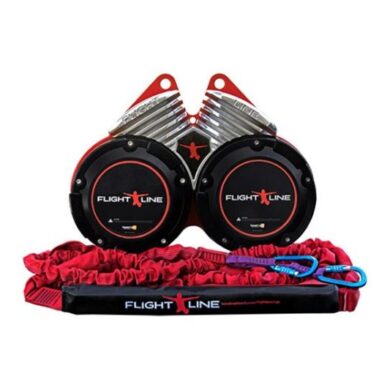 FlightLine Free Fall Device | 18,5 – 24,5 meter€ 18.299,00 Ex VAT
FlightLine Free Fall Device | 18,5 – 24,5 meter€ 18.299,00 Ex VAT -
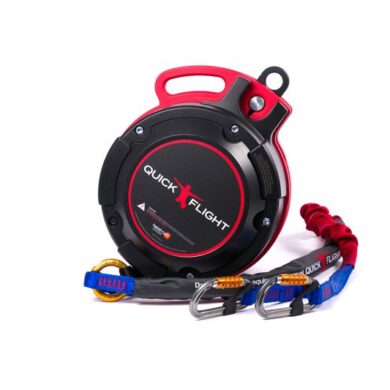 QuickFlight Free Fall Device | 6 – 15,3 meter€ 4.249,00 – € 4.549,00 Ex VAT
QuickFlight Free Fall Device | 6 – 15,3 meter€ 4.249,00 – € 4.549,00 Ex VAT -
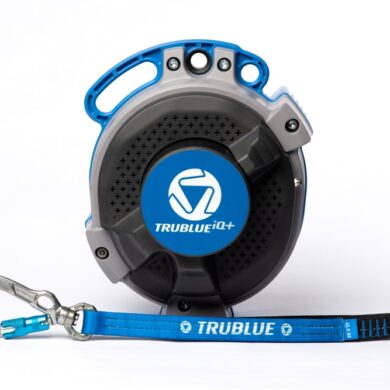 TRUBLUE iQ Auto Belay | 4,5 – 20 meter€ 2.799,00 – € 2.999,00 Ex VAT
TRUBLUE iQ Auto Belay | 4,5 – 20 meter€ 2.799,00 – € 2.999,00 Ex VAT
Dive Deeper: Exploring Auto Belay Technology with Expert Insights
Auto belays are transforming the world of indoor climbing, offering convenience and safety for climbers of all levels. But how exactly do they work, and what are the key considerations for using them? To learn more about the intricacies of auto belay technology and gain valuable insights from experts in the field, check out our additional resources below…
- Comparison of Auto Belay’s: what’s new in the TRUBLUE iQ series
- Using Technology to Make Your Climbing Gym Accessible and Inclusive
- A Closer Look at the Auto Belay System
- Next Generation Auto Belay – TRUBLUE iQ
- Every modern climbing gym should have these 5 features
- Everything You Need to Know about Buying Auto Belays
- Increase Revenue and Customer Satisfaction at Family Entertainment Centers
- Catch-and-Hold: What is it and how does it work?
- Leading the Way in profitable and safe climbing
- Why Family Entertainment Centers Trust TRUBLUE Auto Belays
- Creating Value for Customers by Using an Auto Belay
- TRUBLUE iQ+ World’s first catch-and-hold auto belay
- Drive Revenue and Customer Satisfaction with Auto Belays
- 7 Ways Magnetic Braking Is Better Than Friction
- No Belayer Necessary: Understanding Auto belays
- Competitive Advantage of an Auto Belay
- ROI at Climbing Walls and Family Entertainment Centers
- Auto-Belay and hands-free climbing challenges
- Why using Auto Belays Boosts your Business
- The Science of Eddy Current Magnetic Braking
-
 TRUBLUE iQ+ | Catch & Hold Auto Belay€ 4.399,00 – € 4.599,00 Ex VAT
TRUBLUE iQ+ | Catch & Hold Auto Belay€ 4.399,00 – € 4.599,00 Ex VAT -
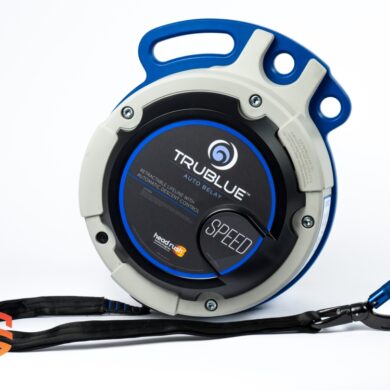 TRUBLUE SPEED Auto Belay | 7,5 – 16 meter€ 2.799,00 – € 2.899,00 Ex VAT
TRUBLUE SPEED Auto Belay | 7,5 – 16 meter€ 2.799,00 – € 2.899,00 Ex VAT -
 TRUBLUE iQ Auto Belay | 4,5 – 20 meter€ 2.799,00 – € 2.999,00 Ex VAT
TRUBLUE iQ Auto Belay | 4,5 – 20 meter€ 2.799,00 – € 2.999,00 Ex VAT







